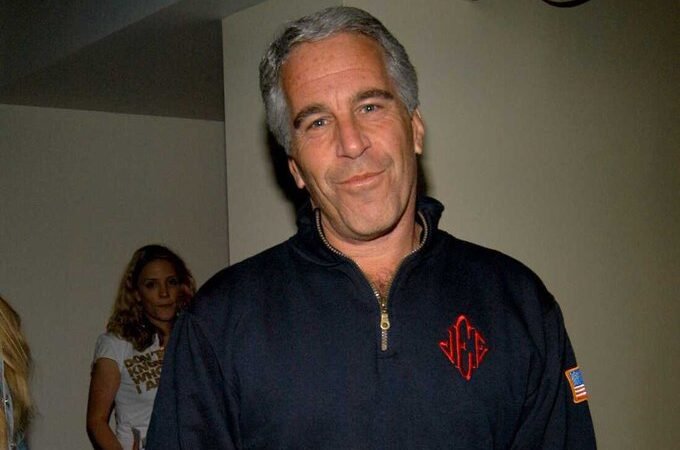In February 2025, the United States Department of Justice, acting on the orders of Attorney General Pamela Bondi, issued a partial declassification of documents in connection with the scandalous Jeffrey Epstein case. While the documents gave ghastly confirmation of Epstein’s abuse of more than 250 underage girls across multiple jurisdictions and time periods, most were shocked and disappointed by what was not disclosed particularly the highly sought client list that may include top political, financial, and entertainment elite figures.
Now, months later, the US government has officially closed the Epstein case with no additional public disclosures. For so many, the closure is more akin to a cover-up than a conclusion. The critics argue that withholding the full nature of Epstein’s network of enablers and patrons is yet another justice failure not only for the victims, but for the US people, who have long demanded accountability.
The offenses of Jeffrey Epstein are no longer a matter of doubt. Ever since his first arrest in 2005 and especially after his death in 2019 in a Manhattan jail cell officially certified as a suicide his name has become indelibly associated with elite crime, human trafficking, and institutional failure. Court records, testimony, and investigative reporting since his death in the last few years have collectively painted a damning portrait of a man who ran a global sex trafficking empire, often targeting underaged girls from disturbed families.
What makes the Epstein scandal so inflammatory is not just the seriousness of his crime, but the apparent complicity or at least knowing avoidance of the institutions of power. Epstein was friends with previous presidents, royalty, CEOs, media moguls, and high-level government officials. The now famous “Epstein flight logs” contained several dozen notable names, fueling public conjecture about who may have been implicated in or at least knowingly facilitated his criminal enterprise.
When Attorney General Pamela Bondi partially declassified the files in February 2025, most hoped it would finally draw the curtain of secrecy off the case, long shrouded in mystery. Federal prosecutors in the made-public documents outlined decades of abuse, detailing how Epstein used money, charm, and influence to entrap and exploit young girls. The documents revealed victim testimony, surveillance reports, and financial records implicating Epstein in a plethora of international properties run as trafficking fronts.
Specifically, the reports created that more than 250 child victims were located some who had not previously been documented in public records. They were trafficked not only in the United States but in other countries like the U.K., France, the Caribbean, and the Middle East. Some reports detailed how victims were silenced by coercion in the form of economic control, threats of prosecution, or threats to their welfare.
But whereas the nauseating extent of abuse revealed, the documents withheld from naming key figures in Epstein’s clientele.
As Attorney General Bondi stated, the full roster of clients was withheld to avoid invading the privacy and dignity of the victims, many of whom would be indirectly identifiable through association with certain names, incidents, or addresses. In a public statement, Bondi underscored the need to avoid “re-traumatizing survivors or exposing them to public scrutiny.”
While others who advocated for the victims agreed with the decision, some questioned its timing and sincerity. Others argue that
U.S. Government Quietly Closes Epstein Case Without Full Transparency: What We Know and What Remains Hidden



